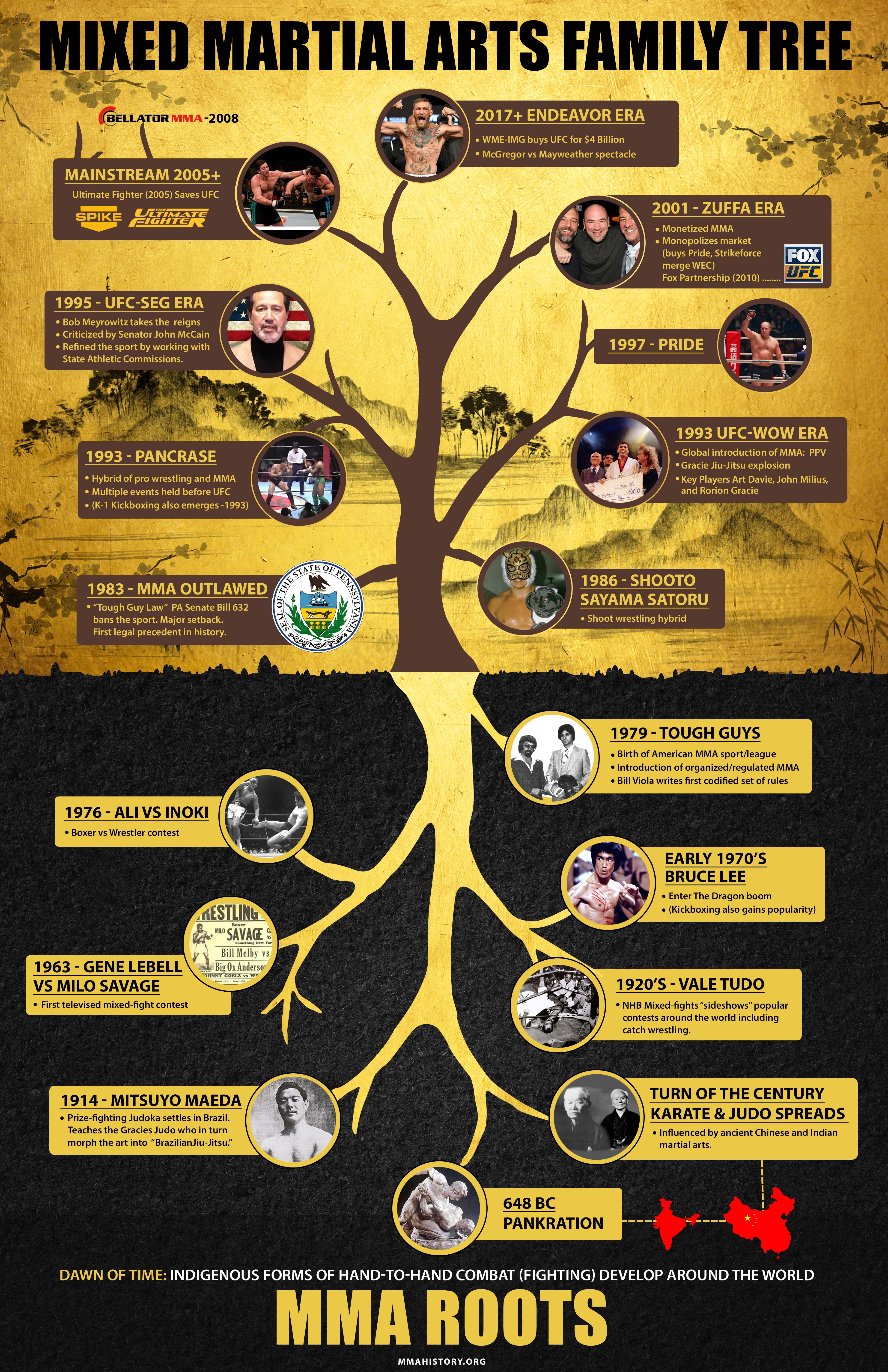The Development And Historical Relevance Of Martial Arts Throughout Different Societies
The Development And Historical Relevance Of Martial Arts Throughout Different Societies
Blog Article
Material Writer-Winkler Matthews
Martial arts have a fascinating background that covers centuries and continents. You may find it interesting just how ancient techniques like Shuai Jiao and Kalaripayattu laid the groundwork for contemporary combat strategies. These self-controls not just highlight physical abilities yet likewise reflect the cultures that birthed them. As you explore their evolution, think about exactly how globalization has changed these typical kinds right into hybrid styles. What influences do you think have formed today's martial arts landscape?
Ancient Martial arts: The Foundations of Combat
As you explore the globe of ancient martial arts, you'll uncover the rich foundations that shaped battle techniques across cultures. Very early practices focused on Self-Defense and survival, commonly incorporating strikes, hurting, and weapons.
In ancient China, as an example, methods like Shuai Jiao highlighted throws and joint locks, while India's Kalaripayattu showcased dexterity and liquid activity. Japanese samurai developed Kenjutsu, a refined swordsmanship that highlighted discipline and technique.
These martial arts served not just for fight however also as a way of personal development, instilling worths like regard and determination. The blending of these strategies with time prepared for the varied martial arts you see today, each reflecting the special approaches and demands of its society.
The Social Impact on Martial Arts Development
While martial arts typically show the useful requirements of a society, they additionally symbolize the social values and ideas of their origins. When you explore different martial arts, you'll see how they're influenced by faith, philosophy, and social norms.
As an example, the focus on respect and self-control in Japanese martial arts stems from Zen Buddhism and samurai culture. In Highly recommended Web-site , Brazilian Jiu-Jitsu advertises flexibility and strategy, shaped by the need for effectiveness in a varied, multicultural atmosphere.
You could locate that the routines, uniforms, and training approaches mirror a community's history and identity. By understanding these social impacts, you grow your recognition of martial arts and their duty in shaping human experiences across the globe.
Modern Adaptations and the Globalization of Martial arts
Martial arts have changed dramatically in current decades, adapting to modern culture and worldwide influences. You'll observe that typical forms have mixed with modern-day strategies, developing hybrid styles like MMA. official website deal with varied target markets, making martial arts accessible and appealing worldwide.
With the rise of social networks and digital platforms, you can discover tutorials and competitions from all corners of the globe, damaging geographical obstacles. This globalization has actually led to a common admiration for various self-controls, from Brazilian Jiu-Jitsu to Taekwondo.
As you involve with these arts, you'll understand they're not just about fight; they promote health and fitness, self-control, and mental health.
Ultimately, contemporary adaptations have actually improved the martial arts landscape, making it a dynamic and progressing technique.
Conclusion
In discovering the history and advancement of martial arts, you reveal a remarkable mix of techniques, societies, and ideologies. From old techniques like Shuai Jiao and Kalaripayattu to the modern versatility seen in mixed martial arts, martial arts show humanity's pursuit for Self-Defense and personal development. As you involve with these practices, you not only gain abilities however additionally a much deeper appreciation for the varied customs that form our world today. So, proceed your trip and accept the art of fight!
